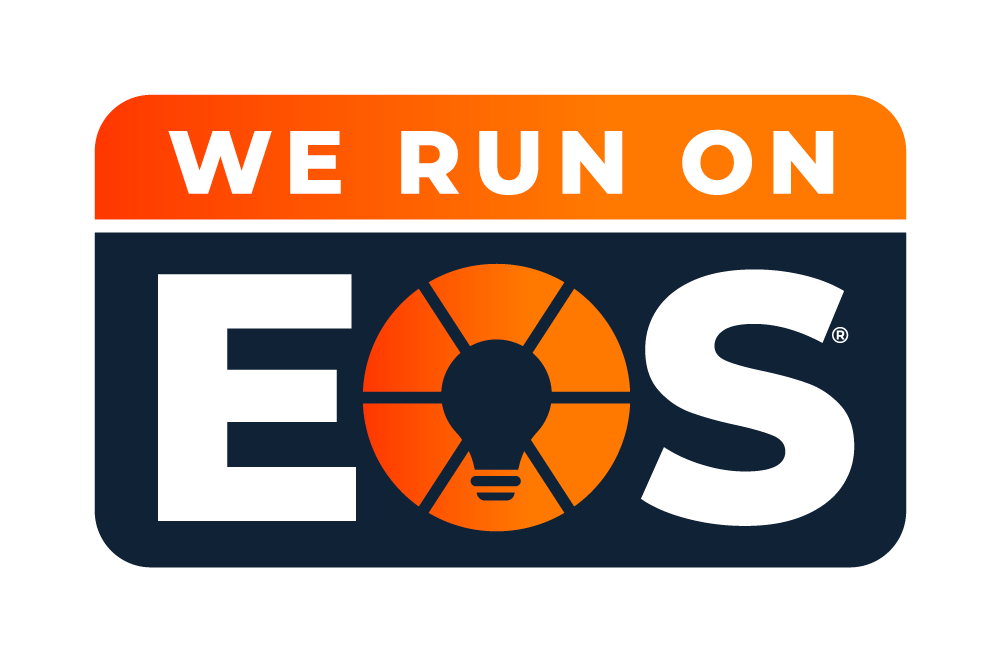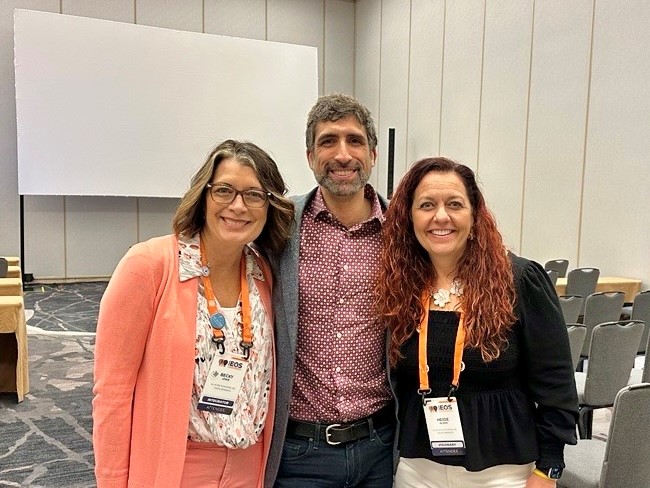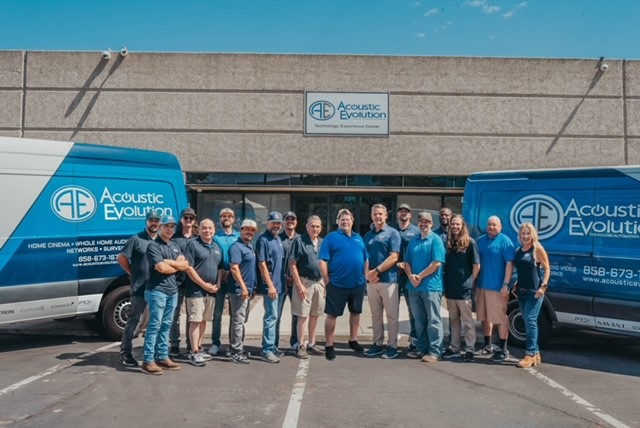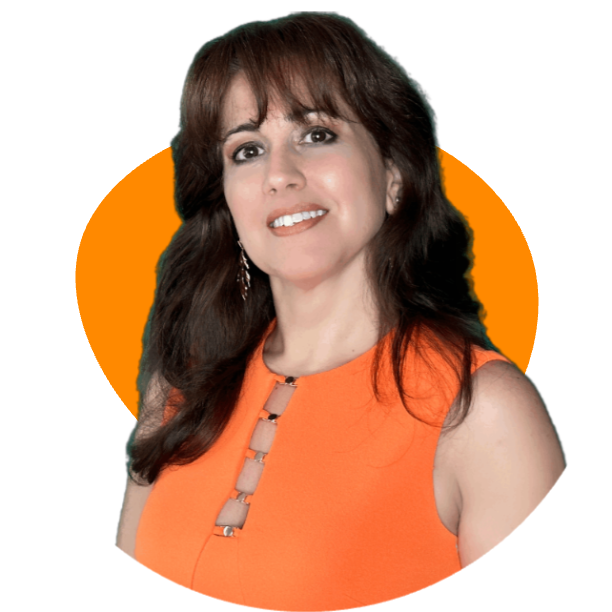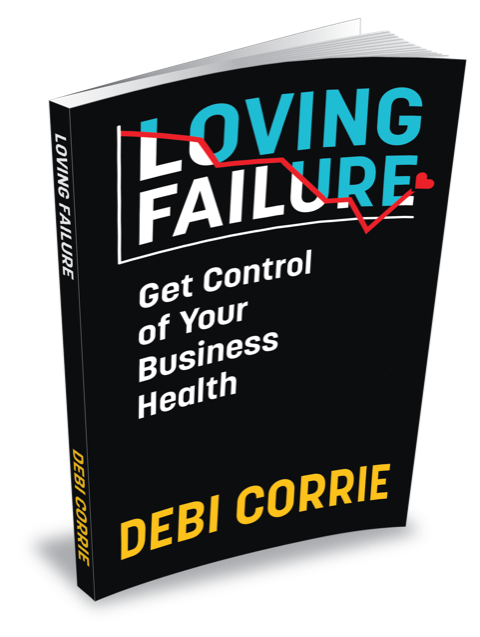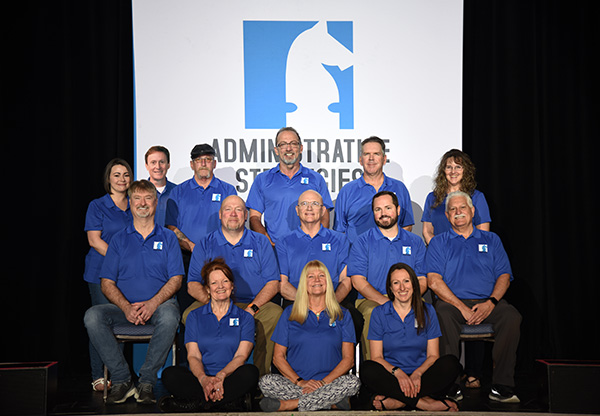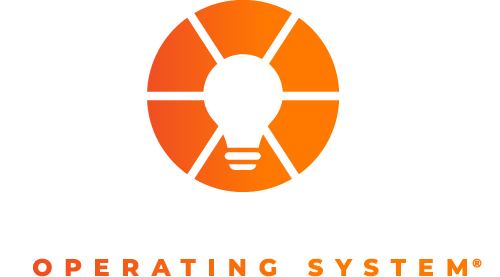At &Marketing, we aren’t just marketers; we’re growth catalysts for companies poised for expansion but hitting a plateau. Our Learn More

CONNECT, NETWORK, AND PARTNER
Accelerate your journey to running stronger on EOS by working together with like-minded business leaders. Share and access more knowledge and resources, build valuable relationships and partnerships, and increase your company’s visibility and credibility by getting involved in the community.
